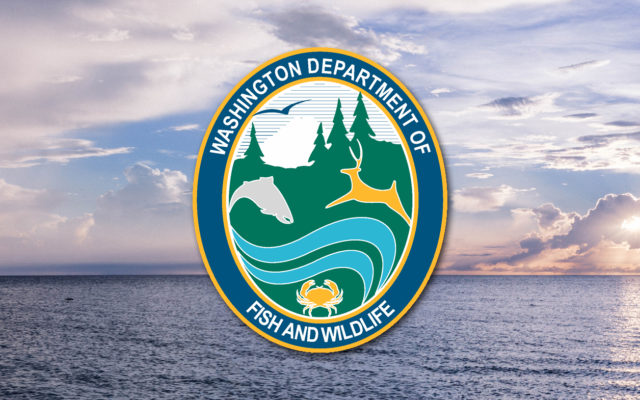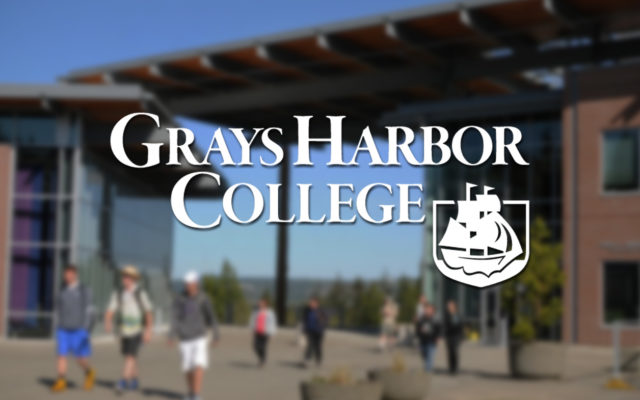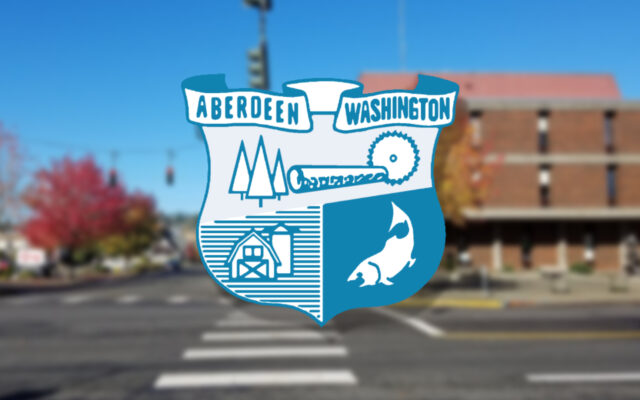Washington fisheries set and it’s a “mixed bag”

Upcoming fishing seasons have been set, and local anglers can prepare for fishing to begin in 2 months.
The Pacific Fishery Management Council set the 2019-2020 seasons during their meeting in Rohnert Park, CA, and the Washington Department of Fish & Wildlife says that it’s a “mixed bag” for salmon fisheries.
In the coastal waters, PFMC adopted a significantly higher quota for coho, and a similar quota for chinook compared to last year.
Kyle Adicks, salmon policy lead for WDFW says that “We expect some good opportunities for fishing in the ocean this summer,” for 2019.
All four of Washington’s marine areas will open daily beginning June 22.
Adicks says that this year’s fisheries were designed to take advantage of a higher number of coho salmon forecast to return to Washington’s waters as compared to recent years.
The summer salmon fishery on the Columbia will be closed to summer chinook (including jacks) and sockeye retention due to low expected returns this year.
Fall salmon fisheries will be open under various regulations. Waters from Buoy 10 upstream to the Hwy. 395 Bridge at Pasco will open to fall salmon fishing beginning Aug. 1.
“While we anticipate a robust coho fishery in the Columbia River this year, we’re taking steps to protect depleted runs of chinook and steelhead,” Adicks said.
Steelhead fisheries in the Columbia and Snake rivers this season will be similar to those in 2017, when a similarly low run was projected, he said.
He adds that despite these increases, projected low returns of key chinook stocks in Puget Sound prompted fishery managers to restrict fisheries in Puget Sound.
“We’re able to provide more opportunities to fish for coho in some areas, particularly in the ocean and Columbia River, than we have been able to do for several years,” Adicks said. “But continued poor returns of some chinook stocks forced us to make difficult decisions for fisheries in Puget Sound this year.”
In Puget Sound, fishery managers projected another low return of Stillaguamish, Nooksack and mid-Hood Canal chinook and took steps to protect those stocks.
Notable closures of popular fisheries include: the San Juan Islands (Marine Area 7) in August; Deception Pass and Port Gardner (areas 8-1 and 8-2) in December and January; and Admiralty Inlet (Marine Area 9) in January.
WDFW Director Kelly Susewind acknowledged the reductions in Puget Sound salmon fisheries are difficult for both anglers and the local communities that depend on those fisheries.
“Reducing fisheries is not a long-term solution to the declining number of chinook salmon,” Susewind said. “The department will continue working with the co-managers, our constituents, and others to address habitat loss. Without improved habitat, our chinook populations will likely continue to decline.”
Limiting fisheries to meet conservation objectives for wild salmon indirectly benefits southern resident killer whales. The fishery adjustments will aid in minimizing boat presence and noise, and decrease competition for chinook and other salmon in these areas critical to the declining whales.
Anglers will also have limited opportunities to fish for pink salmon in Puget Sound due to projected low returns this year. There are no “bonus bag” limits for pink salmon in 2019.
From PFMC:
Season recommendations will be forwarded to the National Marine Fisheries Service (NMFS) for approval.
“Although some salmon stocks are returning in stronger numbers than last year, balancing fishing opportunities with conservation is always a challenge for the Council, its advisors, fishery stakeholders, and the public,” said Council Executive Director Chuck Tracy. “The seasons this year continue to protect stocks of concern, including Puget Sound Chinook, Washington natural coho, and Sacramento River fall Chinook.”
In addition to recommending salmon regulations for 2019, the Council developed a plan to work collaboratively with NMFS on Southern Resident killer whales, which are listed under the Endangered Species Act.
“This year’s package was adopted after careful consideration and analysis in order to meet our conservation objectives, consider impacts on the prey base important to Southern Resident killer whales, and consider in-river and Puget Sound fisheries,” said Council Chair Phil Anderson. “The Council also established a workgroup that will be working closely with National Marine Fisheries Service to assess on a longer term basis the ocean salmon fisheries effect to the prey base of Southern Resident killer whales,” Anderson said.
Washington and Northern Oregon (North of Cape Falcon)
Fisheries north of Cape Falcon (which is just north of Manzanita, Oregon) depend largely on Columbia River Chinook and coho stocks. Overall, Columbia River fall Chinook forecasts are generally considered low to moderate compared to the recent 10-year average. Hatchery coho stocks originating from the Columbia River are expected to return in high numbers, but some natural stocks originating from the Washington coast and Puget Sound are expected to return at low to moderate levels in 2019.
The overall non-Indian total allowable catch north of Cape Falcon is 52,500 Chinook (compared to 55,000 last year) and 190,000 marked hatchery coho (compared to 47,600 last year). Fisheries are designed to provide harvest opportunity on healthy Chinook and coho returns primarily destined for the Columbia River, while avoiding Washington natural Chinook and coho.
Commercial Fisheries
Non-Indian ocean commercial fisheries north of Cape Falcon include traditional Chinook seasons in the spring (May-June) and summer season (July through September). Non-Indian ocean commercial fisheries in this area will have access to a total of 26,250 Chinook (compared to 27,500 Chinook last year), and a marked coho quota of 30,400 (compared to 5,600 coho last year).
Tribal ocean fisheries north of Cape Falcon are similar in structure to past years, with quotas that include 35,000 Chinook and 55,000 coho (compared to 40,000 Chinook and 12,500 coho last year).
Recreational Fisheries
The recreational fishery north of Cape Falcon opens to all salmon on June 22 in all areas, and ends September 30 or when Chinook or coho quotas are reached. In addition, a small area of the La Push subarea will be open October 1-13 with Chinook and coho quotas. Recreational fisheries north of Cape Falcon will have access to a total of 26,250 Chinook (compared to 27,500 Chinook last year), and a marked coho quota of 159,600 (compared to 42,000 coho last year).
More information can be found on the fisheries at https://wdfw.wa.gov/fishing/management/north-falcon.
For information on tribal fisheries, contact the Northwest Indian Fisheries Commission (http://nwifc.org/).
You Might Also Like



